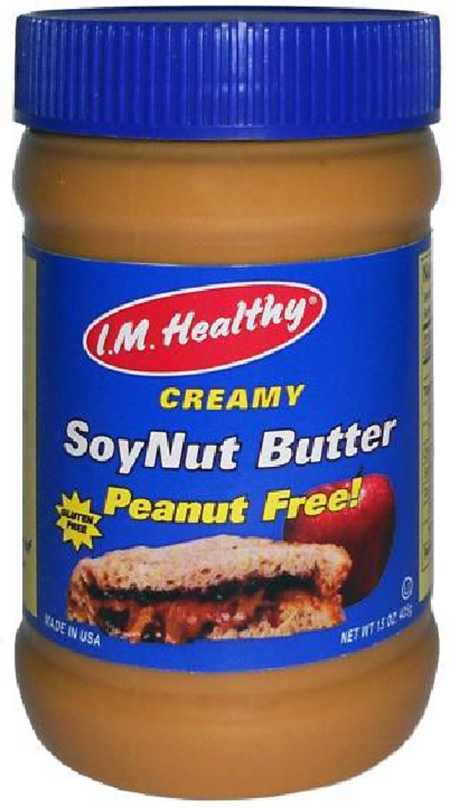Protecting Children - Early Clues Help Quickly Solve Outbreak of E. coli Infections
As of May 4, 2017
- Case Count: 32
- States: 12
- Deaths: 0
- Hospitalizations: 12
Outbreak Investigation
Prompt action by CDC and its public health partners in early 2017 helped stop a fast-moving foodborne outbreak of Shiga toxin-producing Escherichia coli O157:H7 (STEC O157:H7) infections. Many of the illnesses occurred in young children, and several developed hemolytic uremic syndrome, a type of kidney failure. Public health investigators found the source within eight days of detecting the outbreak in PulseNet, a national network of laboratories that connects foodborne illness cases to detect outbreaks. Close coordination between CDC, FDA, and state investigators was key to solving this outbreak quickly. By rapidly identifying the source of the outbreak, public health officials helped prevent many illnesses because a widely distributed food with a long shelf life was removed from stores and pantries.

Disease detectives interviewed sick children and their parents about what they ate before getting sick. After initial questionnaires didn’t identify a common source of infection, investigators followed up with more questions. A key clue emerged: In California, several people reported eating soy nut butter, a nut-free substitute for peanut butter. This food had never been linked to an outbreak, yet investigators connected the dots to identify it. Other investigators were notified and several local and state health departments quickly determined that all sick people either ate I.M. Healthy soy nut butter or attended a childcare facility that served it. CDC, FDA, and state health and regulatory officials worked quickly to contact the nut butter company and warn the public against eating or serving the contaminated products. The SoyNut Butter Company recalled all varieties of I.M. Healthy brand SoyNut Butters and I.M. Healthy brand granola products. Laboratory testing later found the outbreak strains of STEC O157:H7 in I.M. Healthy brand SoyNut Butter collected from the homes of sick people and retail locations.
Outbreak Investigation Timeline:
- Tuesday, February 22 PulseNet identifies a cluster of sick people and CDC begins multistate epidemiologic investigation
- Wednesday, February 23 CDC hosts first multistate conference call to coordinate investigation
- Tuesday, February 28 California epidemiologists hear first report of a sick person eating I.M. Healthy brand SoyNut Butter
- Wednesday, March 1 I.M. Healthy brand SoyNut Butter becomes CDC’s leading hypothesis as the likely source of the outbreak
- Three sick people report eating I.M. Healthy at home
- Four sick children attend two Arizona daycares that serve I.M. Healthy
- Thursday, March 2 FDA hosts first multiagency call with the SoyNut Butter Company (owner of I.M. Healthy brand)
CDC and states warm U.S. not to eat I.M. Healthy products - Friday, March 3 CDC posts initial investigation findings online
Initial recall of I.M. Healthy products
Network of Collaborators
The swift and effective coordination in this outbreak is a direct result of a shift in public health toward relationship building and information sharing among investigation partners. Investigating multistate foodborne outbreaks has improved thanks to several tools, including the adoption of a data sharing platform, increased funding and capacity in state health departments, and strengthened relationships between epidemiologists, laboratorians, regulators, and environmental health specialists across the country. The resulting network and increased capacity helps investigation partners share information quickly, ensuring a rapid response to stop outbreaks and prevent future illnesses.
- Page last reviewed: June 2, 2017
- Page last updated: June 2, 2017
- Content source:


 ShareCompartir
ShareCompartir